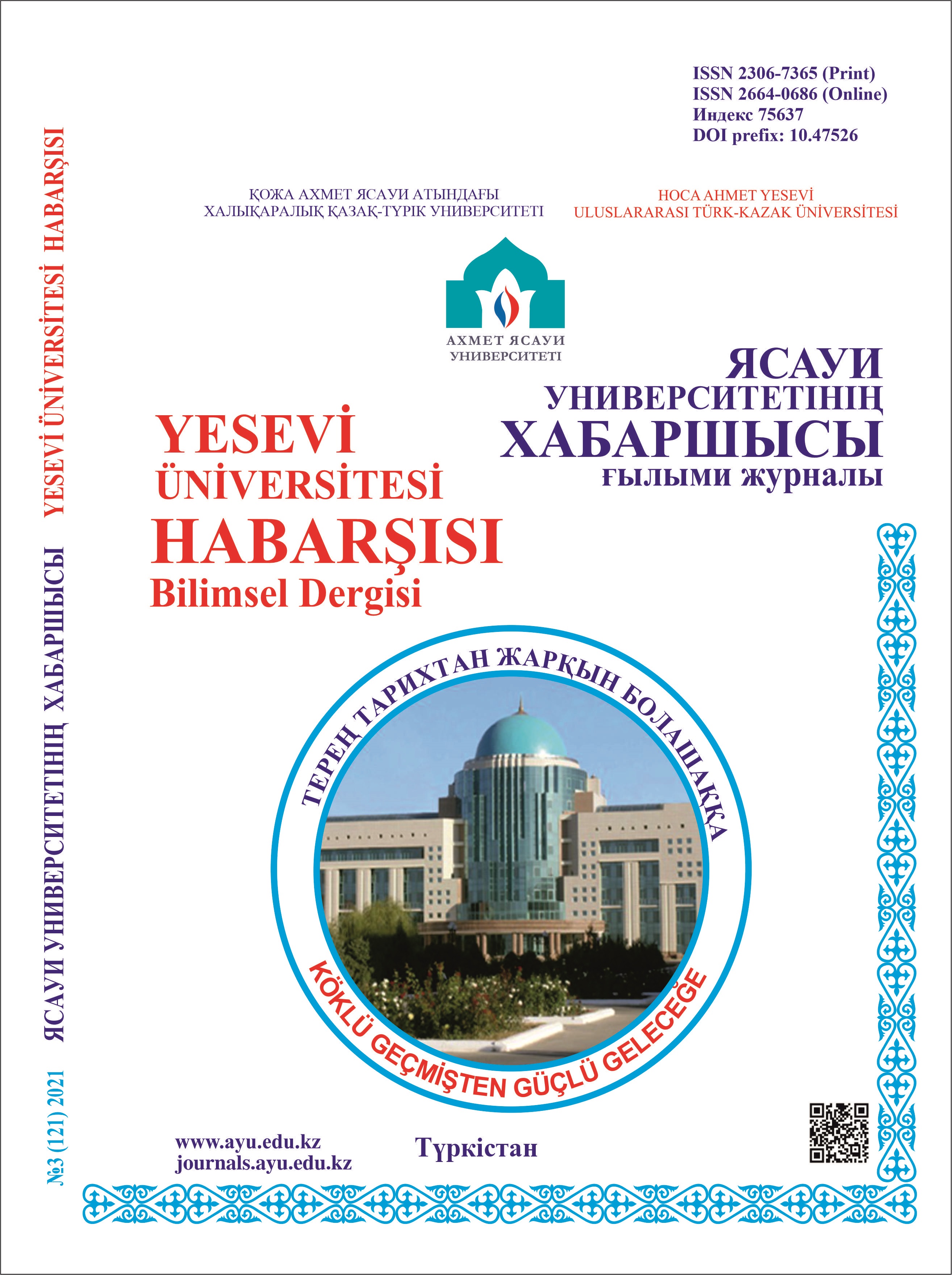QUANTITATIVE MORPHOLOGY MODEL OF CHILDREN'S LITERATURE AND TEXTBOOKS OF PRIMARY SCHOOL
Keywords:
morphology, model, children, literature, textbooks, elementary school.Abstract
The article defines a quantitative morphological model of children's literature and primary school textbooks. Quantitative morphological model of children's literature and primary school textbooks in primary school involves intensive development of speech, intellectual, creative abilities of the student, gaining knowledge about the structure and functions of language as a communicative system, the formation of skills and abilities of full, competent use of the richness of the native language in speech practice.
The assimilation of information for teaching and developing a quantitative morphological model of children's literature and primary school textbooks has a great impact on the overall development of students, contributes to the intellectual development of students, creates favorable conditions for the formation of theoretical thinking of children. Allows you to use grammar lessons to master the numerical morphological model of children's literature and elementary school textbooks in elementary school. Traditionally, the problem of continuity and prospects is considered primarily at the level of methods of organizing training at related stages. For primary schools, the emergence of educational standards, changes in the leading learning goals, the predominance of a personality-oriented approach, taking into account the psychological and age-related features of children's development, certain mental functions of various age periods, the possibilities of formation of neoplasms, as well as the role of leading activities in their formation, are of particular importance in building a learning system.
References
BIBLIOGRAPHY
Джубанов А.Х. Статистика буквосочетаний в казахских текстах. В кн.: Статистика казахского текста. – Алматы: ҚазССР-ның «Ғылым» баспасы, 1973. – С. 614–629.
Бектаев К.Б., Ризаев С. О критерии принадлежности диалектов к одному языку. В кн.: Статистика казахского текста. – Алматы: ҚазССР-ның «Ғылым» баспасы, 1973. – С. 643–685.
Cole M., Cole S. The development of children. – New York: Scientific American, 1993. – 346 p.
Tabors P. One child, two languages. Baltimore: Brookes, 1997. – 255 p.
Lindfors L.W. Children’s language and learning (2nd). – Boston: Allyn and Bacon, 1991. – 438 p.
Петленко Л.В. О проблеме содержания обучения морфологии в начальной школе // Инновации в образовании. Сборник материалов научно-практической конференции молодых ученых. – М., 2004. – С. 256–261 с.
Молдабек Қ., Кенжебекова Р.И. Бастауыш мектепте қазақ тілін қатысымдық технологиямен оқыту. – Алматы: ЭСПИ, 2020. – 184 б.
Garcia E. Understanding and meeting the challenge of student cultural diversity. – Boston: Houghton Mifflin, 1994. – 316 p.
Молдабек Қ., Кенжебекова Р.И., Сманова Б.И. Бастауыш сыныптағы сауат ашу жүйесі: теориясы мен әдістемесі: оқу құралы. – Шымкент: Әлем, 2017. – 152 б.
Hayati А., Kuralbayeva A. Kazakistan ve Türkiye’deki 1. Sınıf Ana Dil Öğretim Ders Kitaplarının Karşılaştırılması // Bilig. – 2021. – №97. – S. 109–136.
REFERENCES
Djubanov A.H. Statistika bukvosochetani v kazahskih tekstah [Statistics of letter combinations in Kazakh texts]. V kn.: Statistika kazahskogo teksta. – Almaty: QazSSR-nyn «Gylym» baspasy, 1973. – S. 614–629. [in Russian]
Bektaev K.B., Rizaev S. O kriterii prinadlejnosti dialektov k odnomu iazyku [On the criteria of belonging of dialects to one language]. V kn.: Statistika kazahskogo teksta. – Almaty: QazSSR-nyn «Gylym» baspasy, 1973. – S. 643–685. [in Russian]
Cole M., Cole S. The development of children. – New York: Scientific American, 1993. – 346 p.
Tabors P. One child, two languages. Baltimore: Brookes, 1997. – 255 p.
Lindfors L.W. Children’s language and learning (2nd). – Boston: Allyn and Bacon, 1991. – 438 p.
Petlenko L.V. O probleme soderjaniia obucheniia morfologii v nachalnoi shkole [About the problem of the content of teaching morphology in primary school] // Innovacii v obrazovanii. Sbornik materialov nauchno-prakticheskoi konferencii molodyh uchenyh. – M., 2004. – S. 256–261 s. [in Russian]
Moldabek Q., Kenzhebekova R.I. Bastauysh mektepte qazaq tіlіn qatysymdyq tehnologiiamen oqytu [Teaching the Kazakh language in primary school with participatory technology]. – Almaty: ESPI, 2020. – 184 b. [in Kazakh]
Garcia E. Understanding and meeting the challenge of student cultural diversity. – Boston: Houghton Mifflin, 1994. – 316 p.
Moldabek Q., Kenjebekova R.I., Smanova B.I. Bastauysh synyptagy sauat ashu juiesі: teoriiasy men adіstemesі: oqu quraly [The system of literacy in Primary School: theory and methodology: manual]. – Shymkent: Alem, 2017. – 152 b. [in Kazakh]
Hayati А., Kuralbayeva A. Kazakistan ve Türkiye’deki 1. Sınıf Ana Dil Öğretim Ders Kitaplarının Karşılaştırılması [Comparison of the first grades native language textbooks of Kazakhstan and Turkey] // Bilig. – 2021. – №97. – S. 109–136. [in Turkish]

